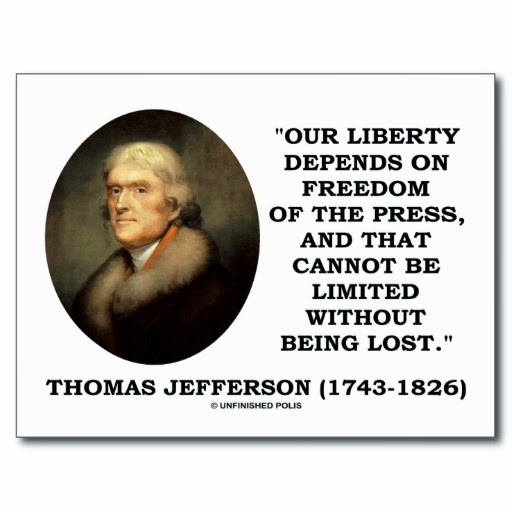Thursday, February 1, 2018
The Turning of the Tide
In hindsight it is neat and orderly to say that the Tet offensive, which began in late January 1968, was the turning point in Vietnam.
And, strategically, perhaps it was.
But public opinion had been turning against the war for quite awhile. The escalation of the conflict in the mid–1960s had spawned Eugene McCarthy's insurgent presidential campaign that would force President Lyndon Johnson to abandon any plans he had to seek another term, and it would lead to Bobby Kennedy's campaign as well. There were protests — and chaos — in American cities. It was a turbulent and terrifying time in American history.
Through it all, I suppose, a majority of Americans continued to believe that victory was still possible in Vietnam — until the Tet offensive revealed the weaknesses of America's war effort. While the Tet offensive failed to meet its military objectives, historian Theodore H. White called it "the shadow on the walls."
Again, in hindsight, it was. But no one really recognized the shadow for what it was — at least at first.
Two days into the offensive — 50 years ago today — one of the most famous photographs of the Vietnam era was taken. It would lead to a Pulitzer Prize for the photographer, Eddie Adams of the Associated Press, who snapped a picture of the execution in Saigon of Nguyễn Văn Lém, a Viet Cong operative who had been involved in the slayings of a South Vietnamese officer's wife and children.
It was a powerful picture, powerful enough to mobilize opposition to the war even — or, perhaps, especially — if the person looking at the picture did not know the details behind it. To the uninformed, it could well appear as if Vietnam was like the lawless old west with people being randomly murdered in the streets. The picture did not say why the man was being executed.
The executioner was Nguyễn Ngọc Loan, chief of South Vietnam's national police. He shot Nguyễn Văn Lém in front of Adams and a TV cameraman for NBC News. According to Adams, the shooter walked up to him and said, "They killed many of my people and yours, too," and walked off.
Film footage of the shooting was subsequently broadcast worldwide, invigorating the antiwar movement and providing the first of many shocking, unexpected and critical moments in what would be a thoroughly unpredictable year, filled with riots in the streets and assassinations.
But it could really be said to have begun on this day with the shooting of one man in the streets of Saigon.
Subscribe to:
Post Comments (Atom)











No comments:
Post a Comment